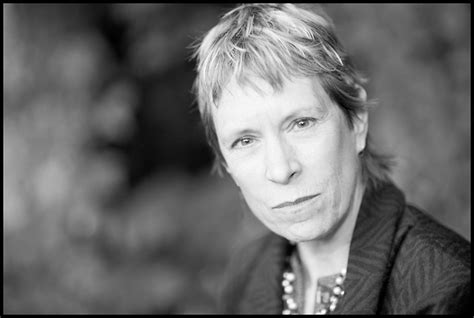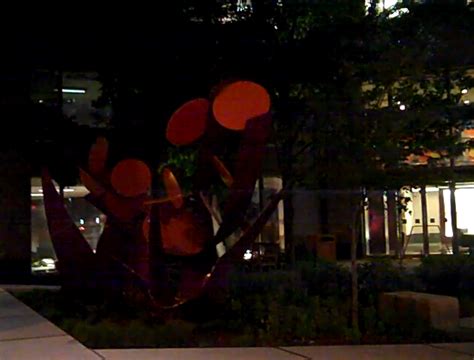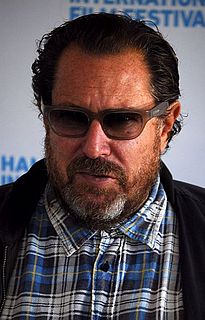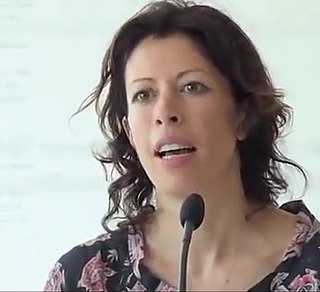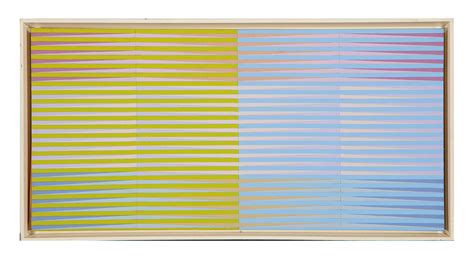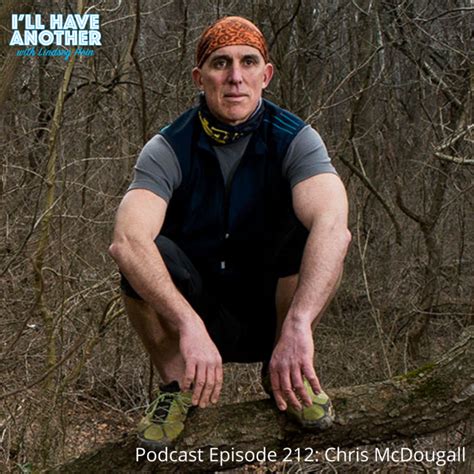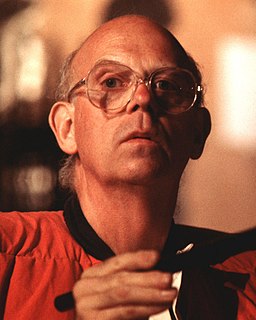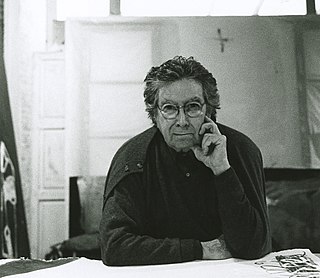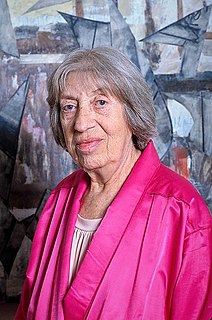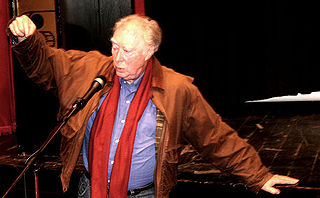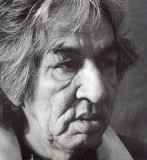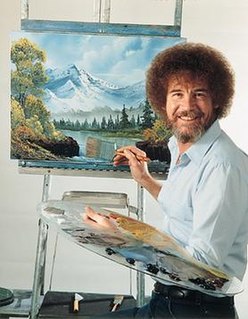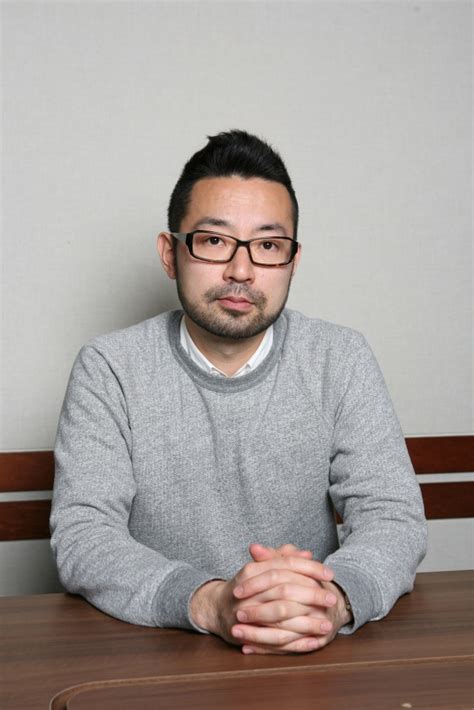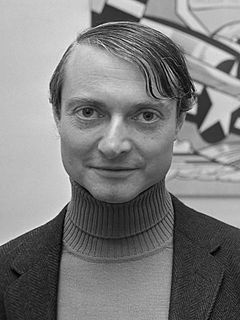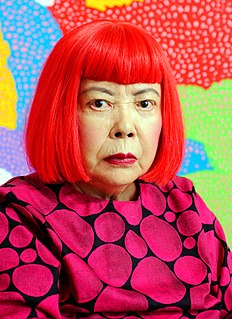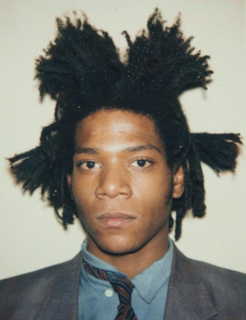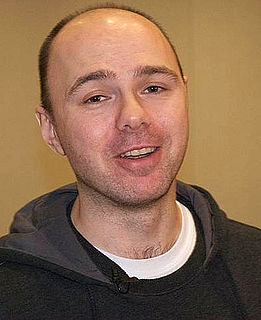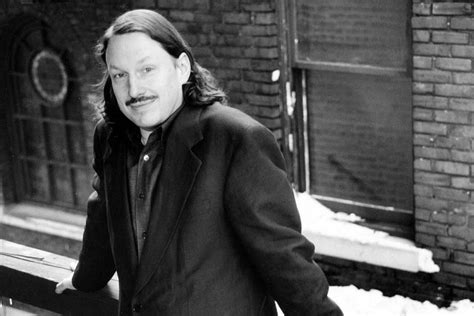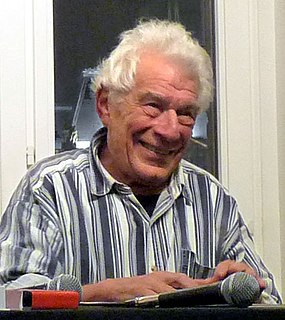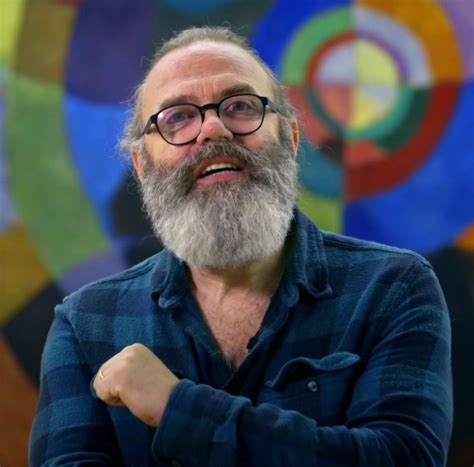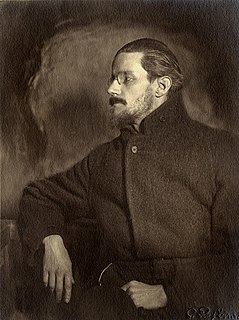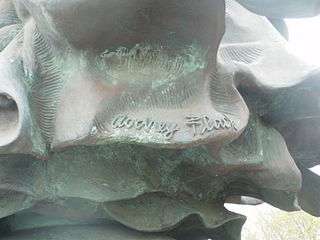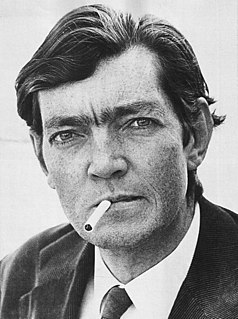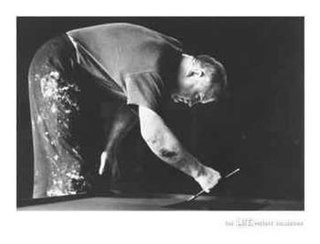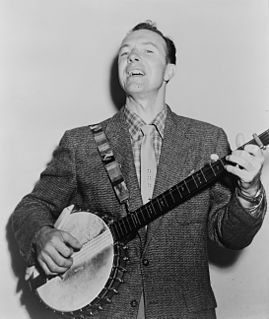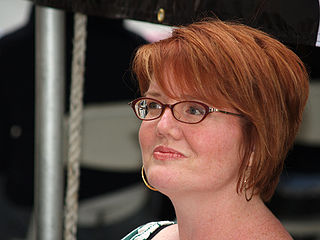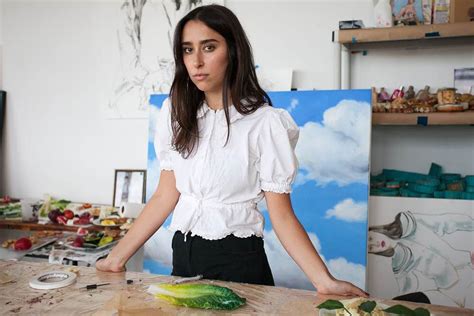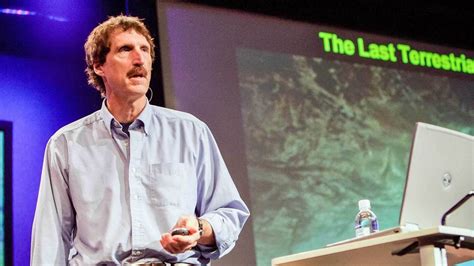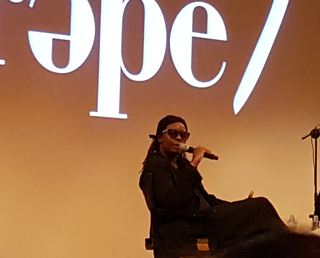Top 1200 Cave Paintings Quotes & Sayings - Page 2
Explore popular Cave Paintings quotes.
Last updated on December 25, 2024.
Seeking the Cave is part travelogue, part literary history, and part spiritual journey. James Lenfestey is a lively and entertaining tour guide. Modest, funny, curious, and wide open to the world, he gives us perceptive glimpses of Chinese culture, ancient to contemporary, and into what it means to be a poet, both now and twelve centuries ago. The account of his quest to find Han Shan's cave is a delight from beginning to end.
I was a student, and as such you generally rely on prior models of how to make art, but these were not satisfying. Then I discovered in photos what had been missing in paintings; namely that they make a terrific variety of statements and have great substance. That is what I wanted to convey to paintings and apply to it.
That was the real secret of the Tarahumara: they'd never forgotten what it felt like to love running. They remembered that running was mankind's first fine art, our original act of inspired creation. Way before we were scratching pictures on caves or beating rhythms on hollow trees, we were perfecting the art of combining our breath and mind and muscles into fluid self-propulsion over wild terrain. And when our ancestors finally did make their first cave paintings, what were the first designs? A downward slash, lightning bolts through the bottom and middle-behold, the Running Man.
I had a visit from an artist friend who basically said, "Your paintings are wonderful. Now stop." It did resonate with me. It hit on the percolating need for change that was already there. I got a little push. I did a group of the paintings early on that were among the best. It was sort of beginner's luck with these.
Often, I find it really hard to see what I'm doing when I'm in the thick of things. I can get too precious and have to force myself to put my paintings aside. There's a wall in my studio where I hang paintings that I think are done or nearly done. Over time, I'll realise which ones are working and which aren't.
I guess there was a little bit of a slight rebellion, maybe a little bit of a renegade desire that made me realize at some point in my adolescence that I really liked pictures that told stories of things - genre paintings, historical paintings - the sort of derivatives we get in contemporary society.
Of course the Man was wild too. He was dreadfully wild. He didn't even begin to be tame till he met the Woman, and she told him that she did not like living in his wild ways. She picked out a nice dry Cave, instead of a heap of wet leaves, to lie down in; and she strewed clean sand on the floor; and she lit a nice fire of wood at the back of the Cave; and she hung a dried wild-horse skin, tail down, across the opening of the Cave; and she said, 'Wipe your feet, dear, when you come in, and now we'll keep house.
The paintings are not just on flat walls - you have these enormous niches, bulges and protrusions, as well as stalactites and stalagmites. The effect of the three-dimensionality is phenomenal. It's a real drama which the artists of the time understood, and they used it for the drama of their paintings.
The paintings in our galleries are seen one day in bright sunshine and another day in the dim light of a rainy afternoon, yet they remain the same paintings, ever faithful, ever convincing. To a marvelous extent they carry their own light within. For their truth is not that of a perfect replica, it is the truth of art.
All photographs are there to remind us of what we forget. In this - as in other ways - they are the opposite of paintings. Paintings record what the painter remembers. Because each one of us forgets different things, a photo more than a painting may change its meaning according to who is looking at it.
The cave you fear to enter holds the treasure you seek. Fear of the unknown is our greatest fear. Many of us would enter a tiger's lair before we would enter a dark cave. While caution is a useful instinct, we lose many opportunities and much of the adventure of life if we fail to support the curious explorer within us.
The supreme question about a work of art is out of how deep a life does it spring. Paintings of Moreau are paintings of ideas. The deepest poetry of Shelley, the words of Hamlet bring our mind into contact with the eternal wisdom; Plato's world of ideas. All the rest is the speculation of schoolboys for schoolboys.
In my paintings, the question on whether figures are similar or not is not of any importance, the slightest change of figure or color can create a new painting and it doesn't really matter if a subject is revisited by an artist repeatedly. With enough time in between paintings, an artist can always bring to it something new.
There is an instinct for realism, a powerful drive to reproduce oneself. The fascination of photorealistic paintings lies partly in their apparent replication of life, but these are not merely replications. These paintings are often out of life scale, varying from over life-size to under life-size, from brilliant, heightened color to pale, undertone hues.
You're like a witness. You're the one who goes to the museum and looks at the paintings. I mean the paintings are there and you're in the museum too, near and far away at the same time. I'm a painting. Rocamadour is a painting. Etienne is a painting, this room is a painting. You think that you're in the room but you're not. You're looking at the room, you're not in the room.
Just as with other great words, the word environment means different things. You might say that a cave woman twenty thousand years ago sweeping out the cave was improving the environment. Many people improving the environment think only in terms of the air they breathe in their hometown and the water in the aquifer under their hometown. My guess is very few are thinking centuries ahead or thousand of years ahead, but that's what we have to do.
You have to realize that, about 20,000 years ago, there was a cataclysmic event when an entire rock face collapsed and sealed off the cave. It's a completely preserved time capsule. You've got tracks of cave bears that look like they were left yesterday, and you've got the footprint of a boy who was probably eight years old next to the footprint of a wolf.
...I think we should find some kind of shelter; a cave or something." "I don't want to do that! What if there's like, a creature living in the cave?" Tiara said. "Seriously, I saw this show once where these people were stranded on an island and there were these other people who were sort of crazy-slash-bad and there was this polar bear creature running around." "What happened?" Miss Ohio asked. "I don't know. My parents got divorced in the middle of season two and we lost our TiVo.
The earliest paintings I loved were always the most non-referential paintings you can imagine, by painters such as Mondrian. I was thrilled by them because they didn't refer to anything else. They stood alone, and they were just charged magic objects that did not get their strength from being connected to anything else.
Cave divers, of course, deal with an elevated level of risk, and the most that I can say here is that we tend to conduct our work at the bottom of a deep cave on an extremely conservative basis with heavy levels of backup equipment and a policy to abort if any single person doesn't like the situation underwater at any time during the mission.
The grey paintings, for example, a painted grey surface, completely monochromatic - they come from a motivation, or result from a state, that was very negative. It has a lot to do with hopelessness, depression and such things. But it has to be turned on its head in the end, and has to come to a form where these paintings possess beauty. And in this case, it's not a carefree beauty, but rather a serious one.
I am a famous artist. I make millions. But I frequently see debut shows of unknown artists with prices that are double of mine... what they're really doing is barely getting by and helping me sell 1,000 paintings a year effortlessly, because they make my paintings look like such a bargain. Thank you to all the egotistical art students!
